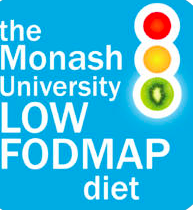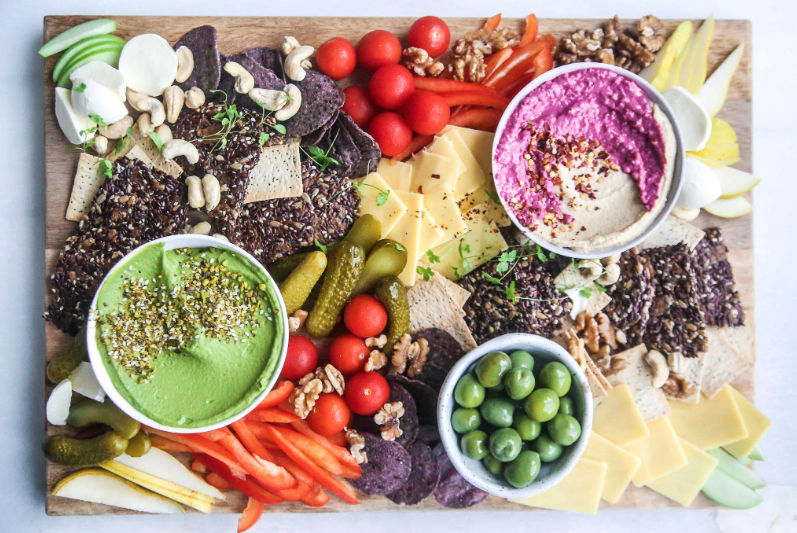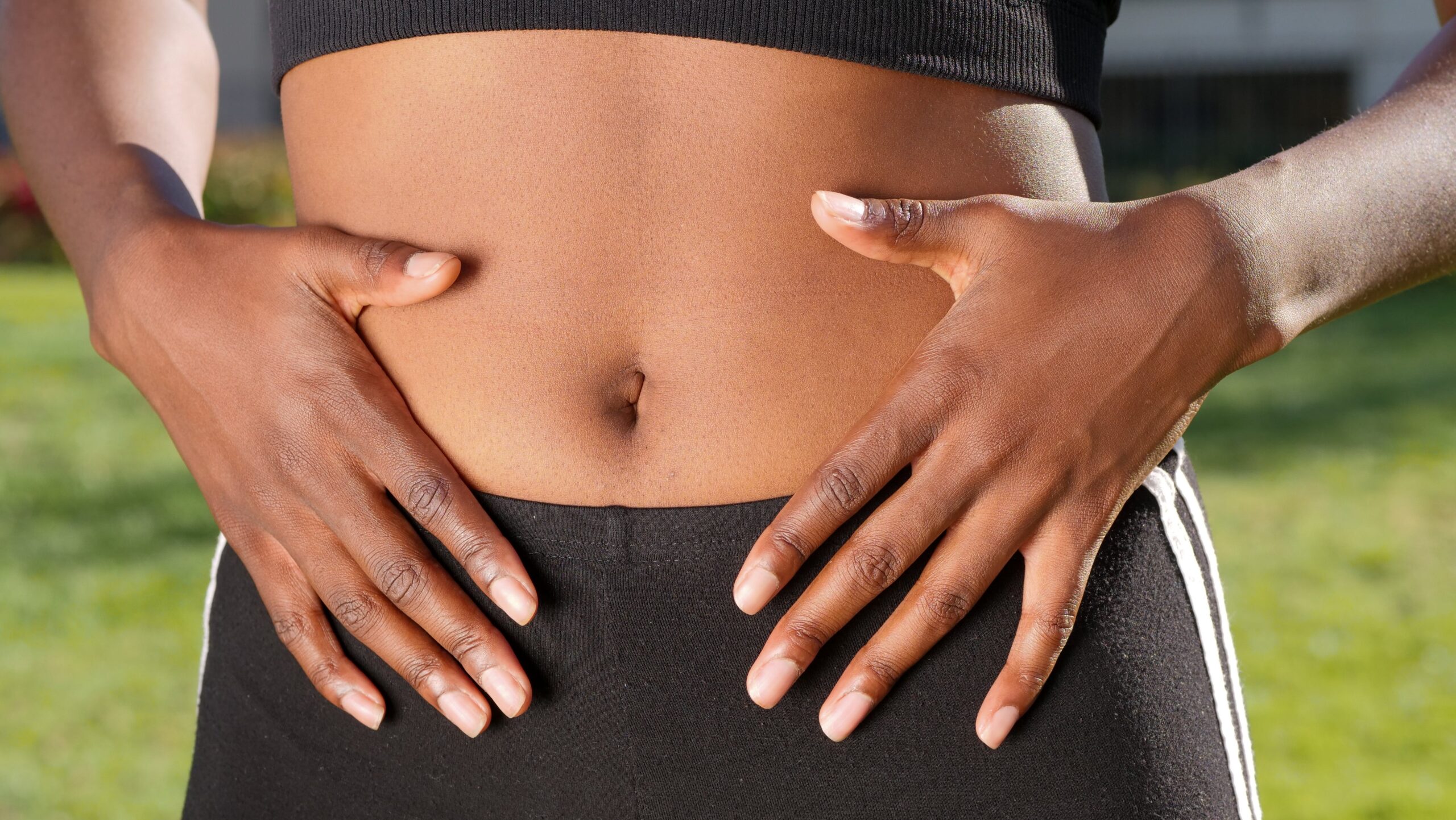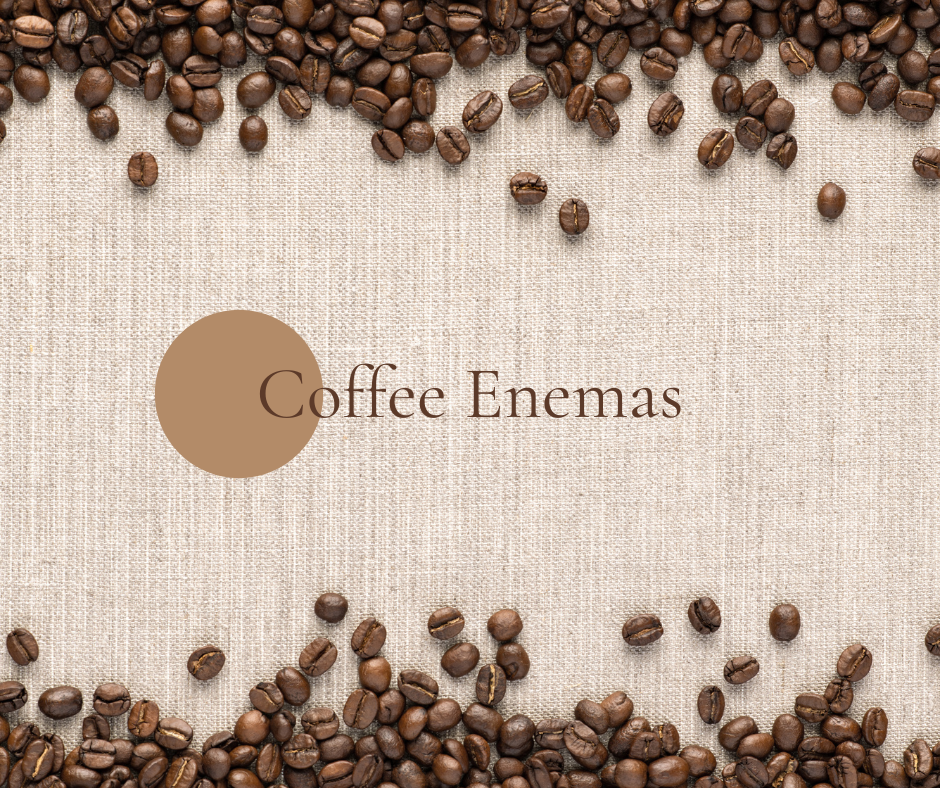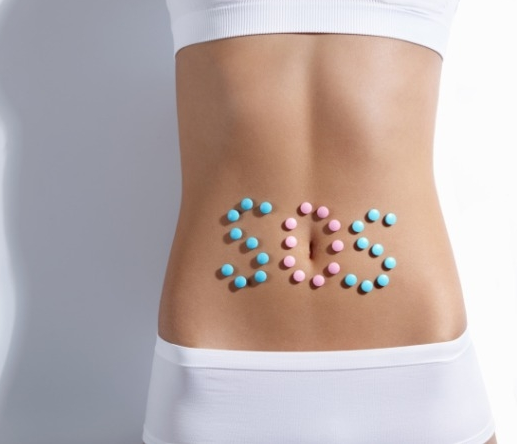
So, you may be wondering: what is a FODMAP?
Well, I have to begin by talking about bowels and digestion. FUN!!!
People who suffer from Irritable Bowel Syndrome (IBS) or other digestive disorders have consistent abdominal pain, constipation, and/or diarrhea. IBS is not dangerous, but it can be uncomfortable and painful to many who suffer from the disease.
Even if you have not been diagnosed with IBS, you may experience digestive distress on occasion. You may think you are alone – but let me tell you, so many people quietly suffer from IBS and various forms of digestive distress, and choose not to share this information with friends or family. There is no need to suffer alone, and there are many useful steps to take to alleviate the discomfort.
Symptoms of IBS:
- long lasting abdominal pain
- flatulence
- diarrhea and/or constipation
The criteria for diagnosing IBS, according to PubMed:
There are several different medical criteria for diagnosing IBS. According to one of the latest definitions, you have irritable bowel syndrome if you have had pain or discomfort in your bowel in the last three months, on at least three days a month, and these symptoms have lasted for at least six months. Two of the following criteria must also be fulfilled:
-
Symptoms get better after a bowel movement
-
When symptoms start, the frequency of bowel movements changes
-
When symptoms start, the appearance of the stool changes
These symptoms could be caused by other things too, though, like lactose intolerance (where people cannot digest dairy products properly). They may also be signs of celiac disease (sprue). This is an intolerance to gluten – a protein found in different types of grains and many other foods. Check out The Ultimate Guide for Gluten test if you suspect you are gluten sensitive.
The causes of IBS and digestive distress and the discomfort associated with them:
Digestion takes place mostly in the large intestine. The large intestine moves the food mass while removing nutrients and water. The indigestible food thickens as water is drawn out to produce our lovely stool.
If the food passes through too quickly, the mass does not remove enough water and the result is diarrhea. If the food passes through too slowly, the mass removes too much water and the result is constipation. There are many factors that can lead to either of these scenarios. It is believed that IBS could be the result of oversensitive nerves in the intestine, inflammation in the intestines, an overgrowth of bacteria in the small intestine (SIBO, which I will discuss in a later blog), and/or a genetic predisposition, as well as one very overlooked trigger – STRESS. If the small intestine cannot absorb the nutrients, the mass moves on to the large intestine where the bacteria ferment the foods (in this case, fructose) to hydrogen, carbon dioxide, and short chain fatty acids. This is what leads to pain and bloating and gas.
Treatment:
Treatment for IBS and digestive disorders requires dietary changes and a better understanding of your triggers to various food and liquids (like alcohol, soda, sports drinks, and flavored waters). This is where the FODMAP intolerance protocol can be helpful to many who suffer digestive distress and IBS.
FODMAP is an acronym derived from fermentable oligosaccharides (a polymer of fructose – fructans and galactans), disaccharides (lactose), monosaccharides (fructose), and polyols (sugar alcohols). They are all different types of carbohydrates that are poorly absorbed by the small and large intestine, leading to an increased volume of liquid and gas, resulting in abdominal pain. Who wants that?
Here is a downloadable list of high FODMAP foods to avoid: DOWNLOAD PDF
Here is the downloadable list of low FODMAP foods to enjoy: DOWNLOAD PDF
FODMAPs are both dose dependent and cumulative. In other words, each individual will have their own threshold of tolerance, and once that threshold is surpassed, their symptoms will appear. Also, certain individuals may find they can tolerate avocados without having any reaction, while some people cannot eat them at all. Malabsorption is highly individual for the different FODMAPs! Initially, it can be helpful to remove the high FODMAP foods from your diet for 3 weeks, and assess if your symptoms have subsided. Then, gradually reintroduce them one at a time to discern which foods provoke digestive distress. It takes patience and due diligence, but would you rather be in discomfort?
Of course, before any diagnosis or treatment, you should discuss your concerns with your doctor.
There are many resources that can be helpful:
This app was developed by Susan Shepard and Peter Gibson, who created the FODMAP protocol. It costs 7.99$ to download:
A few more helpful resources:
http://www.med.monash.edu/cecs/gastro/fodmap/
http://en.wikipedia.org/wiki/Fructose_malabsorption


